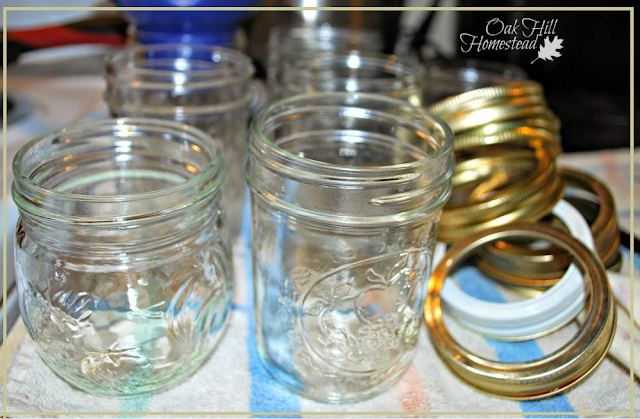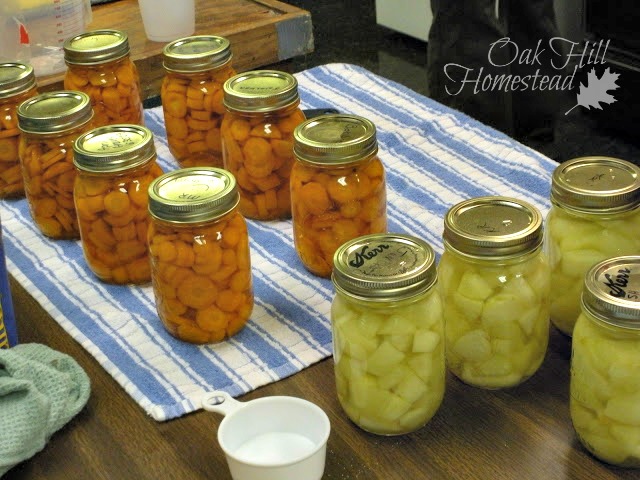The local Facebook group ad read "Canning jars, $1 a dozen." How could I resist?
The seller was even in my town. I grabbed one of our teenagers to go with me (this was before our children all "flew the nest") and we met her in a public place. While I passed on the mayonnaise jars, I bought twenty dozen canning jars, mostly pints and quarts, for just $20!
Why? Because preserving seasonal foods is a frugal, healthy way to fill your pantry, but getting started can be a big expense at one time. You know what I mean, right?
Buying used jars (or having them gifted to you) is a great way to save money. Where can you find them? Garage and yard sales, estate sales, and thrift stores are all good places to look.
Tell everyone you know that you are looking for canning jars, and you might be the recipient of someone's grandma's empty jars. Keep an eye on Craigslist and Freecycle lists too.
I bought a few half-gallon canning jars from our local thrift store. They didn't even charge me for the dead cricket in one of the jars. While the USDA and the National Center for Home Food Preservation recommend using half-gallon jars for very acidic fruit juices such as apple and grape juice only (see this link), those jars look great on my kitchen counter holding rice, macaroni and other dry staples.
What to look for when you find used jars:
- Check the rims of jars for chips and cracks; jars with chipped rims can still be used in craft projects and to store dry goods short-term but can't be used for canning.
- Don't use glass mayonnaise jars for canning, although they can be vacuum-sealed to store dehydrated foods and dry goods. Genuine canning jars will have raised lettering; if the jar is completely smooth, it probably isn't a canning jar.
- Look carefully for cracks in the "body" of the jar.
Half-pint jars are often used to can jams and jellies, or small-batch specialty foods. Pints and quarts are the most-often used sizes for canning. Half-gallon jars should only be used to can juice from highly-acidic fruits; apple and grape are the only juices recommended by the USDA.
Of course you'll want to wash your jars thoroughly when you get them home. I ran these through the dishwasher several times before packing them away. You never know how long they've been sitting in someone's basement or garage, perhaps with dead crickets inside.
Bands (the rings to canning jars) can be re-used but you should retire any rusty bands; they can crack the jar when you try to remove them. Canning lids (sometimes called "flats") should not be re-used. I buy canning lids in bulk from Lehman's.
How do you save money on canning supplies?
Related posts:
~~~~~
My hope is to inspire you, and to encourage your homesteading plans and your dreams of a simple, self-reliant, God-dependent life. You can join me at:
Facebook | Pinterest | Instagram | Subscribe

















